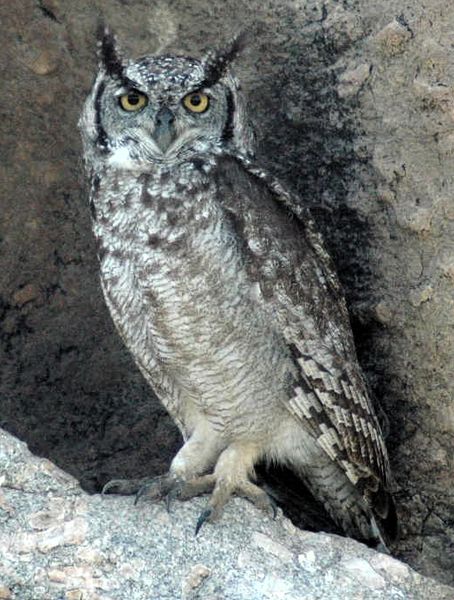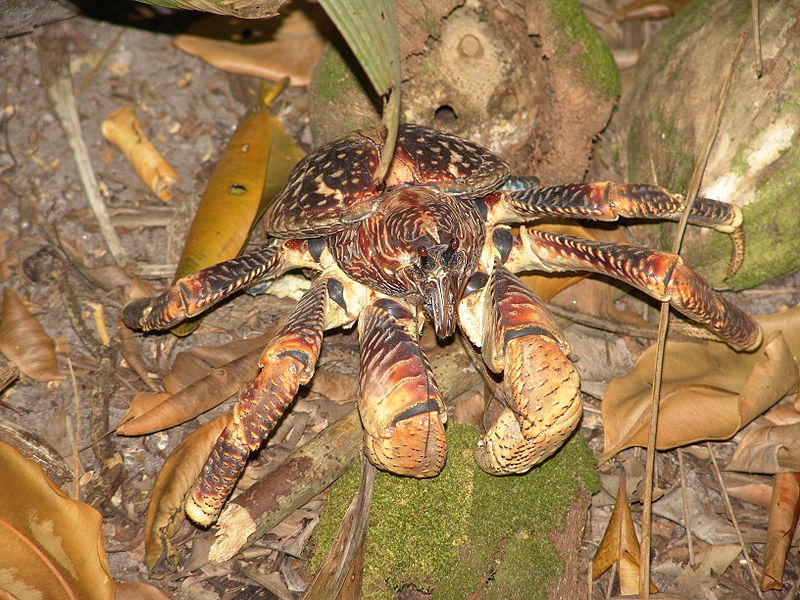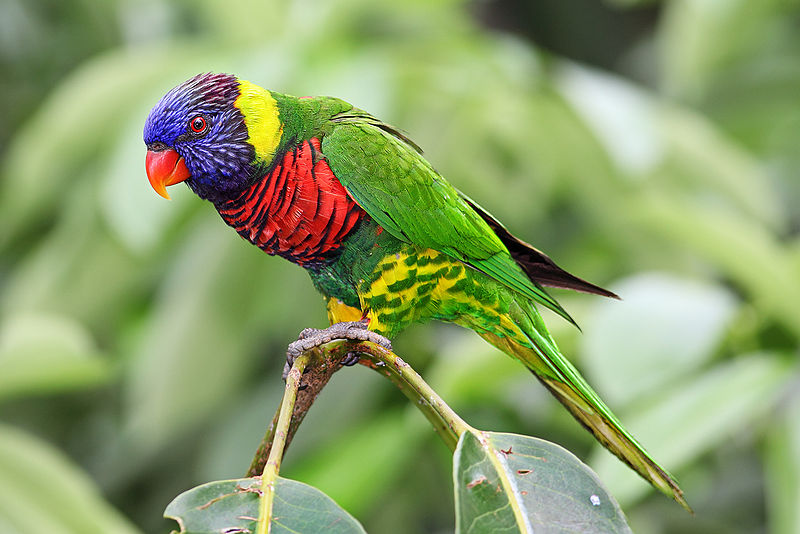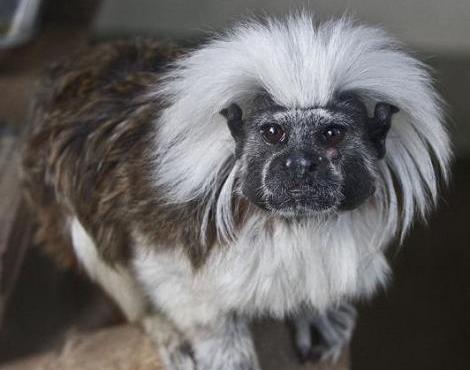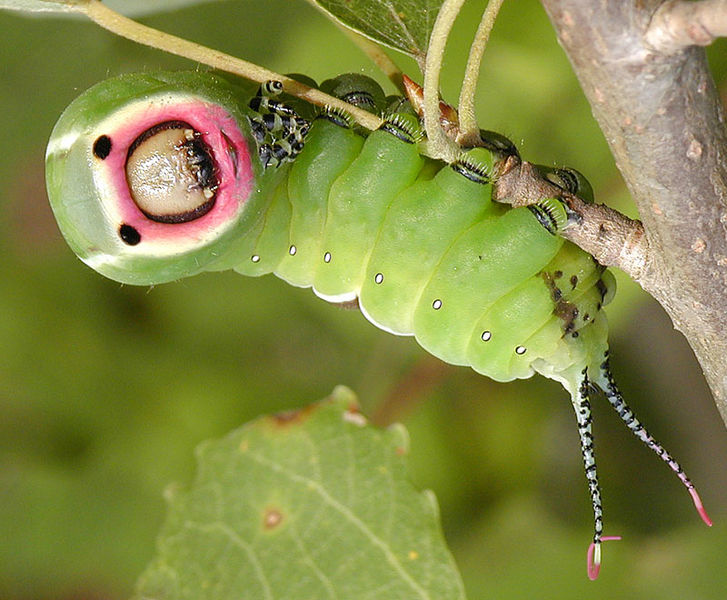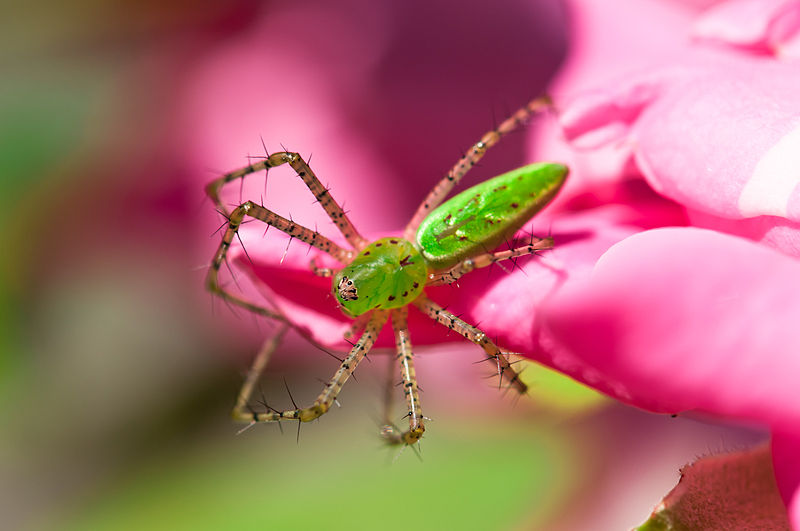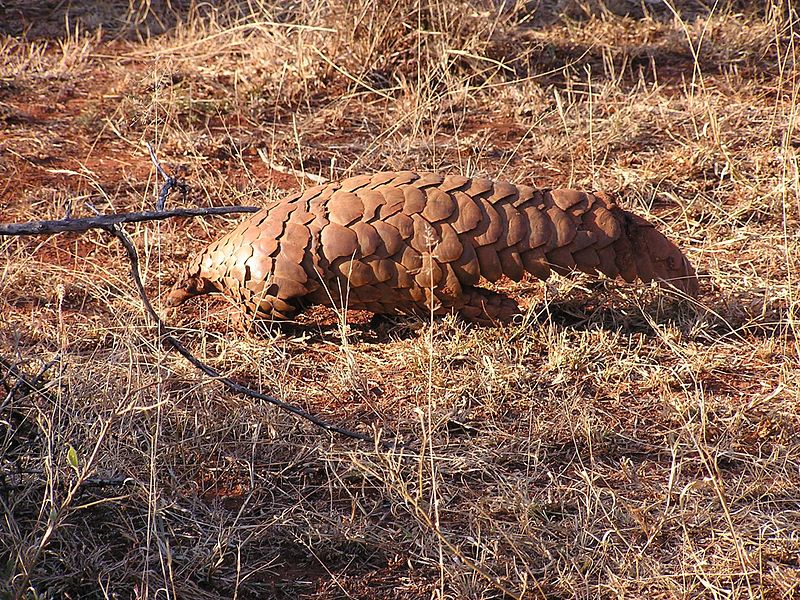
Cool Facts About The Ground Pangolin
- The Ground Pangolin is one of four pangolin species found in Africa and is the only species of pangolin to be found in eastern and southern parts of the African continent.
- Also known as the Temminck’s Pangolin, the Ground Pangolin, among a slew of other animals, was named after 18th century Dutch zoologist Coenraad Jacob Temminck
- Because they are often emerging from their burrows only at night, the Ground Pangolin has fairly poor eyesight, relying instead on its phenomenal sense of smell to find food.
The Slow Roll
Ground Pangolins are generally between 50 and 60 cm in length with a broad tail that can reach half a meter long. The body of the Ground Pangolin is covered in a layer of armour-like scales with the exception of its underside and parts of its head and neck. The additional weight of these scales means that Ground Pangolins can weigh up to 20kg, and as a result, they are often not the fastest moving creatures on the open African plains. Because they cannot make a speedy escape when they feel threatened, Ground Pangolins instead curl themselves into a ball so that only their hard scales are exposed.
Swinging Plates Around
Despite its valiant attempt at armouring itself, the Ground Pangolin still has a number of predators within its native environment. Lions, leopards, and hyenas are the most common predators of Africa’s pangolins as these crafty creatures are not easy to kill once they have curled themselves into a tight ball. Humans may also kill them for their meat.
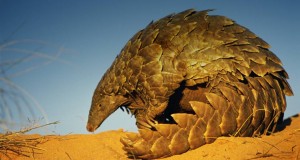
Since they are slow moving, pangolins needed to adapt in other ways to defend themselves from hungry predators. In addition to using their hard scales as a protective coat of armour, pangolins can exploit the strong and sharp nature of their scales to create a weapon. Ground Pangolins are known to wound would-be predators by swinging their strong, plate-covered tails
A Sticky Situation
Because they have no teeth, Ground Pangolins instead collect their prey by extending out their tongue and licking it up. The tongue of the Ground Pangolin can grow to an impressive 30cm in length and is the perfect tool for an animal that survives by eating ants, termites, and other insects. Using their large claws, Ground Pangolins rip open ant and termite mounds both in low-level trees and on the ground before using their saliva-coated, sticky tongue to catch them.

